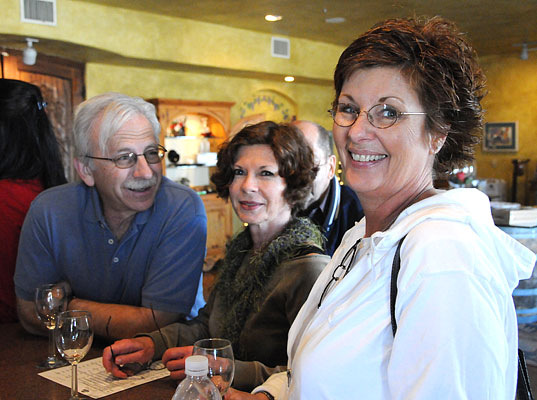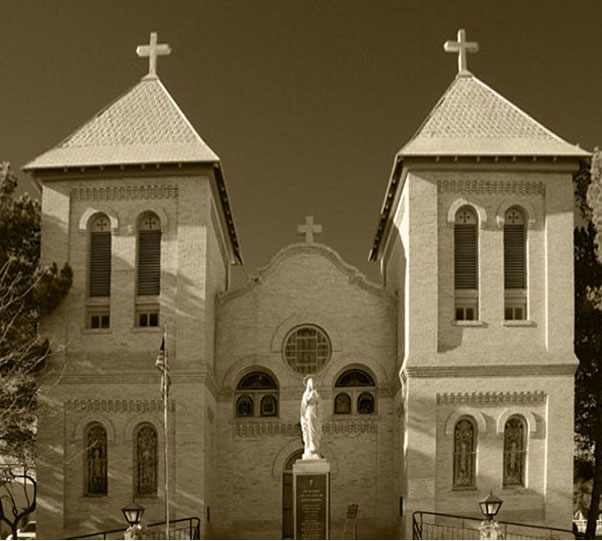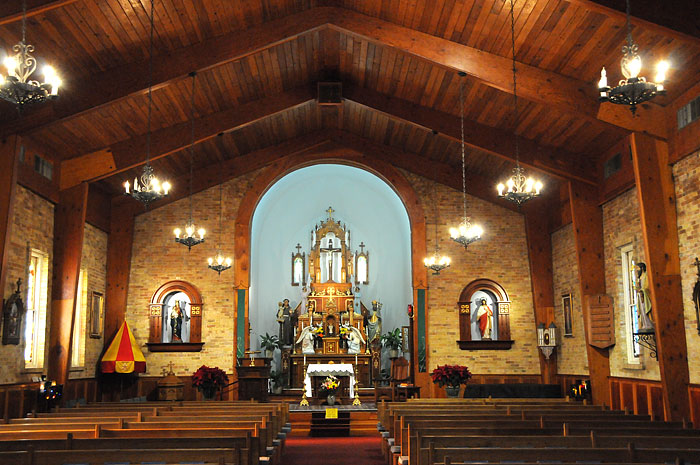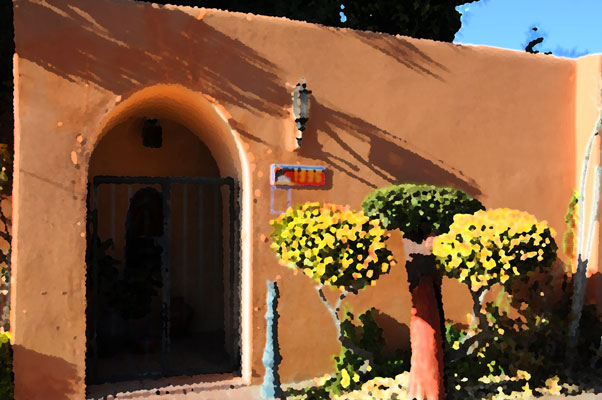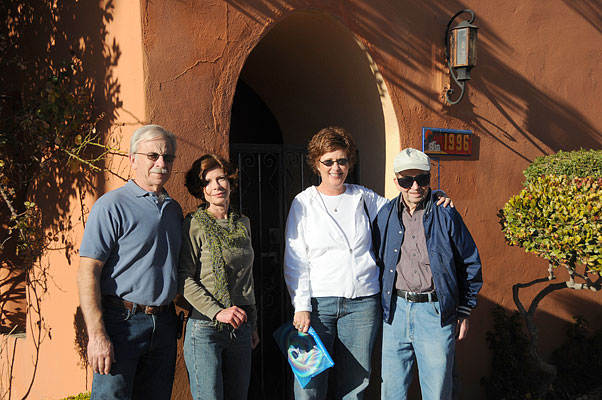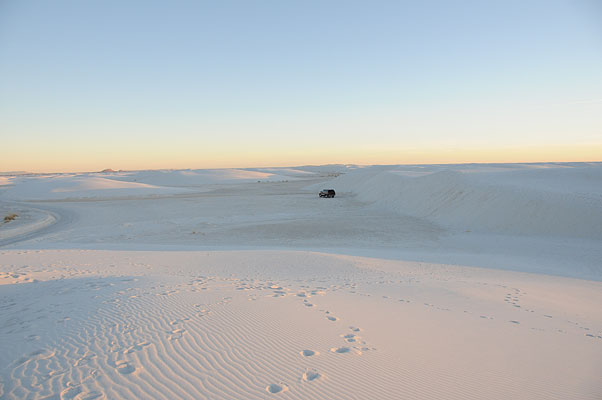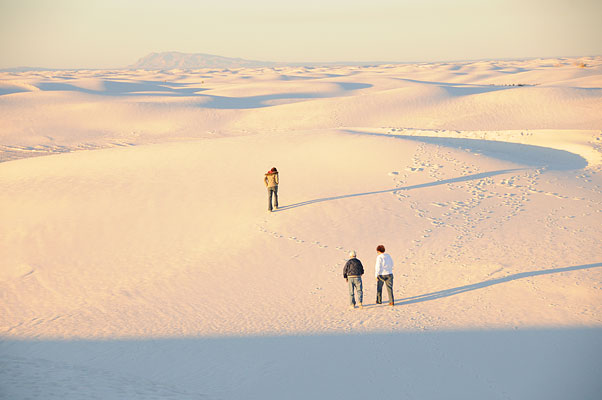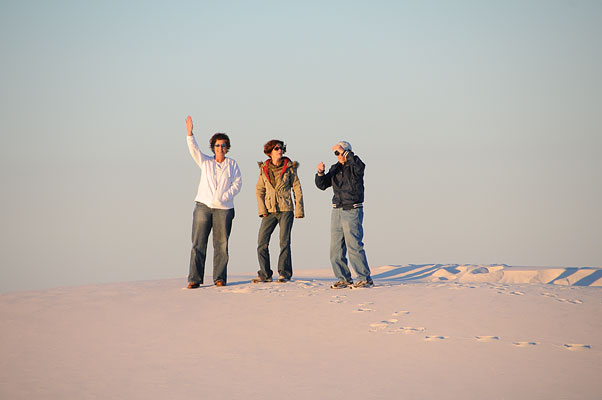After all that wine, it was time to repent, and we moved on to a short tour of historic churches in south-central New Mexico, starting with San Miguel Catholic Church on Hwy 28, built from lava rocks quarried nearby.

 And on to Mesilla, New Mexico, an historic district south of Las Cruces, where the magestic San Albino Basillica stands at the head of the town square. Reminding us a bit of Tombstone, Arizona, Mesilla served as the capital of the Confederate Territory of Arizona in 1861-1862 during the Civil War, and was the hub for the entire region. During the "Wild West" era, Mesilla was known for its cantinas and festivals. The area attracted such figures as Pancho Villa, Billy the Kid, and Pat Garrett. The village was also the crossroads of two major stagecoach lines, Butterfield Stagecoach and the Santa Fe Trail. Today it abounds with shops selling arts and crafts, jewelry, and souvenirs, with the occasional watering hole thrown in for the tourists' refreshment.
|
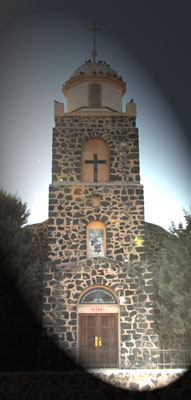 |


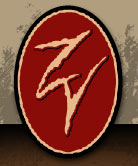
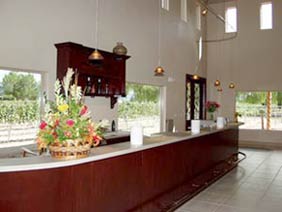 Zin Valle Vineyard is a nicely laid out vineyard and winery on the far, far west end of Texas. Though their property is in Texas, if you cross the street you're in New Mexico.
Zin Valle Vineyard is a nicely laid out vineyard and winery on the far, far west end of Texas. Though their property is in Texas, if you cross the street you're in New Mexico.

